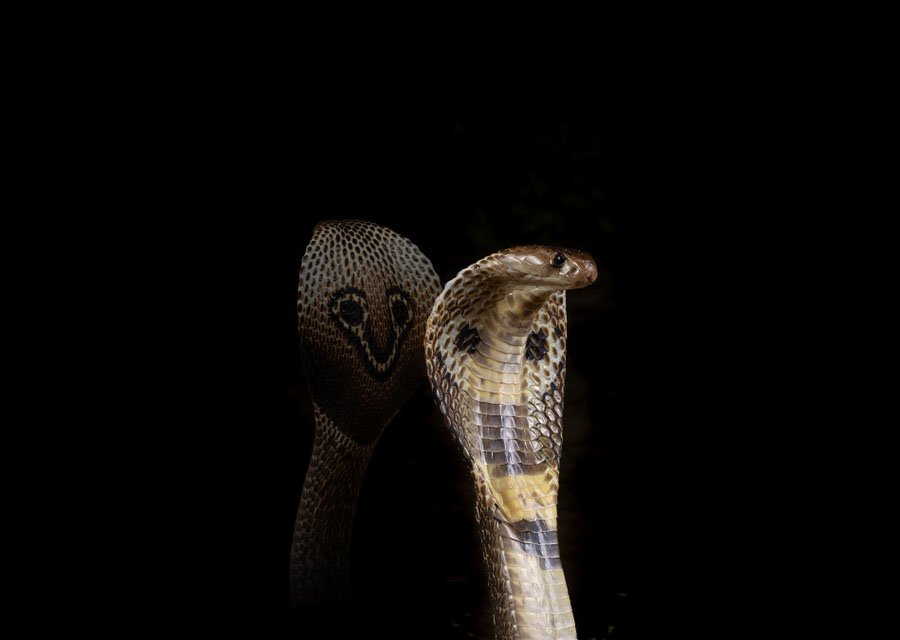In the January 2020 issue of Nature Genetics, scientists from SciGenom Research Foundation (SGRF), India, AgriGenome Labs, India, MedGenome, India/USA, SciGenom, India, and Genentech, a member of the Roche group, along with a team of international collaborators from academia and industry report the sequencing and assembly of a high-quality genome of the highly venomous, medically important Indian cobra (Naja naja). Using a combination of cutting-edge genomic technologies, the authors have assembled the most contiguous genome of this iconic venomous snake.

Venom is a complex mixture of proteins encoded by genes that have been co-opted by some snakes as they evolved some 100 million years ago. In the Indian cobra genome, the authors identified 19 key toxin genes primarily expressed in the venom glands.
“Targeting these 19 specific toxins using synthetic human antibodies should lead to a safe and effective antivenom for treating Indian cobra bites” said Dr. Sekar Seshagiri, President, SGRF, former Staff Scientist at Genentech, and lead study author.
[ad_336]
Currently, antivenom is produced by immunizing horses with extracted snake venom and is based on a process developed well over 100 years ago. This process is laborious and suffers from a lack of consistency leading to varying efficacy and serious side effects.
“It is about time we modernize antivenom development by leveraging genomics, recombinant protein expression and synthetic antibody development technologies. The Indian cobra genome and the catalogue of target toxins are a blueprint needed to do this. For the first time, we now have a full list of venom-relevant toxin genes of the Indian cobra,” said Dr. R. Manjunatha Kini, Professor, National University of Singapore (NUS), Singapore and an author on the study.
Venom is primarily used by snakes to subdue their prey. It is also a great source of drug-like molecules. The Indian cobra genome is no exception and it codes for toxin molecules that can block pain, reduce blood pressure and prevent blood clotting.
Snakebite crisis
Globally each year, accidental contact with snakes lead to over 100,000 deaths. Over 400,000 individuals suffer permanent disabilities, including amputation. India alone accounts for 2.8 million snakebite cases that lead to about 50,000 deaths annually, primarily attributed to the Indian cobra, common krait, Russell’s viper and saw scaled viper, infamously called the ‘big four’.
“The Indian cobra is the first of the ‘big four’ deadly snakes to be sequenced. This is a major step towards understanding its venom components and it will effectively change the way antivenom is developed,” said Dr. George Thomas, Chief Operating Officer, AgriGenome Labs, India.
[rand_post]
This study has provided a very high-quality reference genome that will make assessment of the Indian cobra genetic diversity possible and practical. It will be an important resource for conservation of this revered and feared Indian snake.
“Obtaining the genomes and the venom gland genes from the other three of the ‘big four’ and the deadly African snakes such as the black mamba, carpet viper and spitting cobras is the logical next step. It will provide a complete platform for developing a safe, universal antivenom for snakebite victims all over India, Africa and other neighbouring countries,” added Dr. R. Manjunatha Kini.